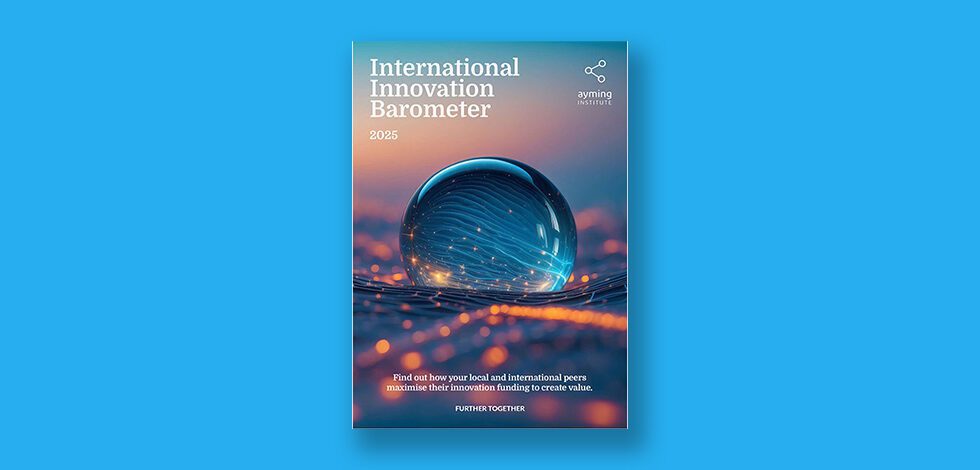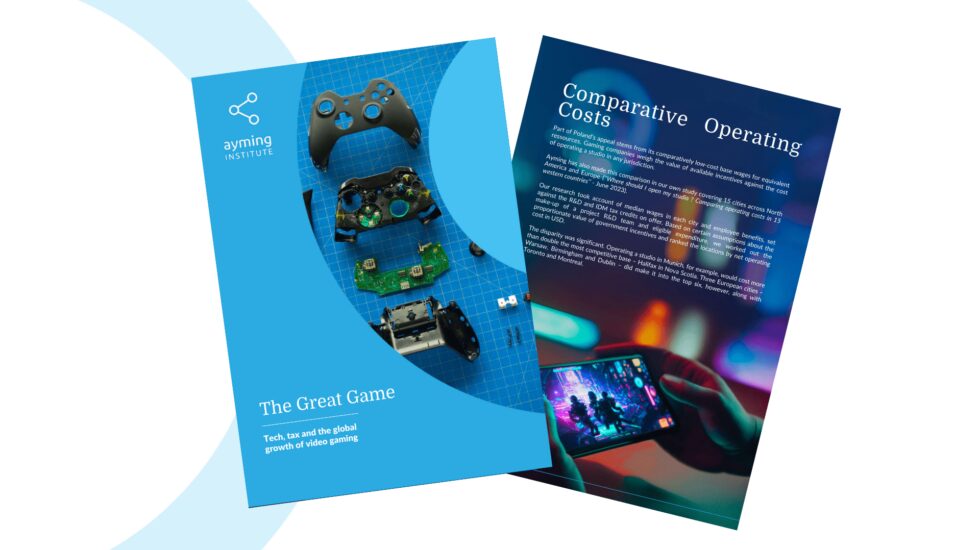Lauren Highsmith highlights how R&D Tax Credits can assist in direct cash back for your business
Cash flow is important to every company as its plans for growth, manages debt and strives to maintain financial flexibility in dealing with day to day operations. When companies of any size assess ways to increase cash flow, the R&D credit demands consideration, helping businesses increase cash by either reducing taxable liability or reducing payroll tax liability.
So, when qualified taxpayers claiming the R&D credit on a current year return can see an immediate cash flow impact, what do businesses of all sizes need to know?
For the startup company, utilizing income tax credits can seem improbable but even those without any income tax liability, such as qualified small businesses (“QSBs”), can benefit from the R&D Credit. QSBs, defined in the 2015 PATH Act as taxpayers with Qualified Research Expenses (“QREs”), less than $5 million in gross receipts for the current tax year, and gross receipts for five years or less, are eligible to utilize the credit towards offsetting the employer portion of the FICA (or ‘Pay Roll’) taxes for each year, with a maximum potential of $250,000 of FICA taxes offset annually for five years. This reduction in FICA taxes helps newer businesses keep money within the Company and continue to grow the business.
The 2015 PATH Act also allowed the R&D credit to become more impactful for Eligible Small Businesses (“ESBs”). ESBs are companies not publicly traded, and with less than $50 million in average annual gross receipts for the prior three years. The improved legislation allowed these taxpayers to offset Alternative Minimum Tax (“AMT”) liability with the R&D credit. In effect, the R&D Credit has become more available to taxpayers that have been unable to take advantage of the credit due to AMT concerns in more recent years.
A similar provision for C-Corps effective tax year 2018 and onward, eliminated Alternative Minimum Tax (“AMT”). In addition, new legislation reduced the amount of Net Operating Losses (“NOLs”) a C-Corp may take in a given year. For tax years ending after December 31, 2017, a C-Corp entity with NOLs is no longer allowed to carryback NOLs generated after December 31, 2017 and may carry forward the NOLs indefinitely. Further, the NOL deduction is now reduced to the lesser of all NOL carry forwards and carrybacks, or 80% of taxable income prior to NOL deduction computation. The R&D credit is a great tool to reduce tax liability given the reduced utilization of NOLs going forward.
For all Taxpayers taking the R&D Credit, the resulting cash flow and benefits can allow companies to hire additional R&D staff, invest in new infrastructure to improve development processes, and improve bargaining power in the event of a sale. In summary, the R&D Credit has become a very powerful tool to provide additional financial resources to many US companies no matter the size or tax liability status. In recent years, new legislation has afforded companies previously unable to take the credit with the opportunity to do so. This now permanent benefit is closer to fulfilling its intended legislative purpose – to keep technical jobs and companies in the United States performing technical work.
 Lauren Highsmith—an R&D Project Manager for Ayming—has over 5 years of experience in the role. In that time she has identified and delivered over 250+ R&D Tax Credits for C-Corp, S-Corp, and LLC entity types, specializing in the telecom, manufacturing, IT/software, food & beverage, architecture & engineering, and automotive spaces.
Lauren Highsmith—an R&D Project Manager for Ayming—has over 5 years of experience in the role. In that time she has identified and delivered over 250+ R&D Tax Credits for C-Corp, S-Corp, and LLC entity types, specializing in the telecom, manufacturing, IT/software, food & beverage, architecture & engineering, and automotive spaces.














No Comments